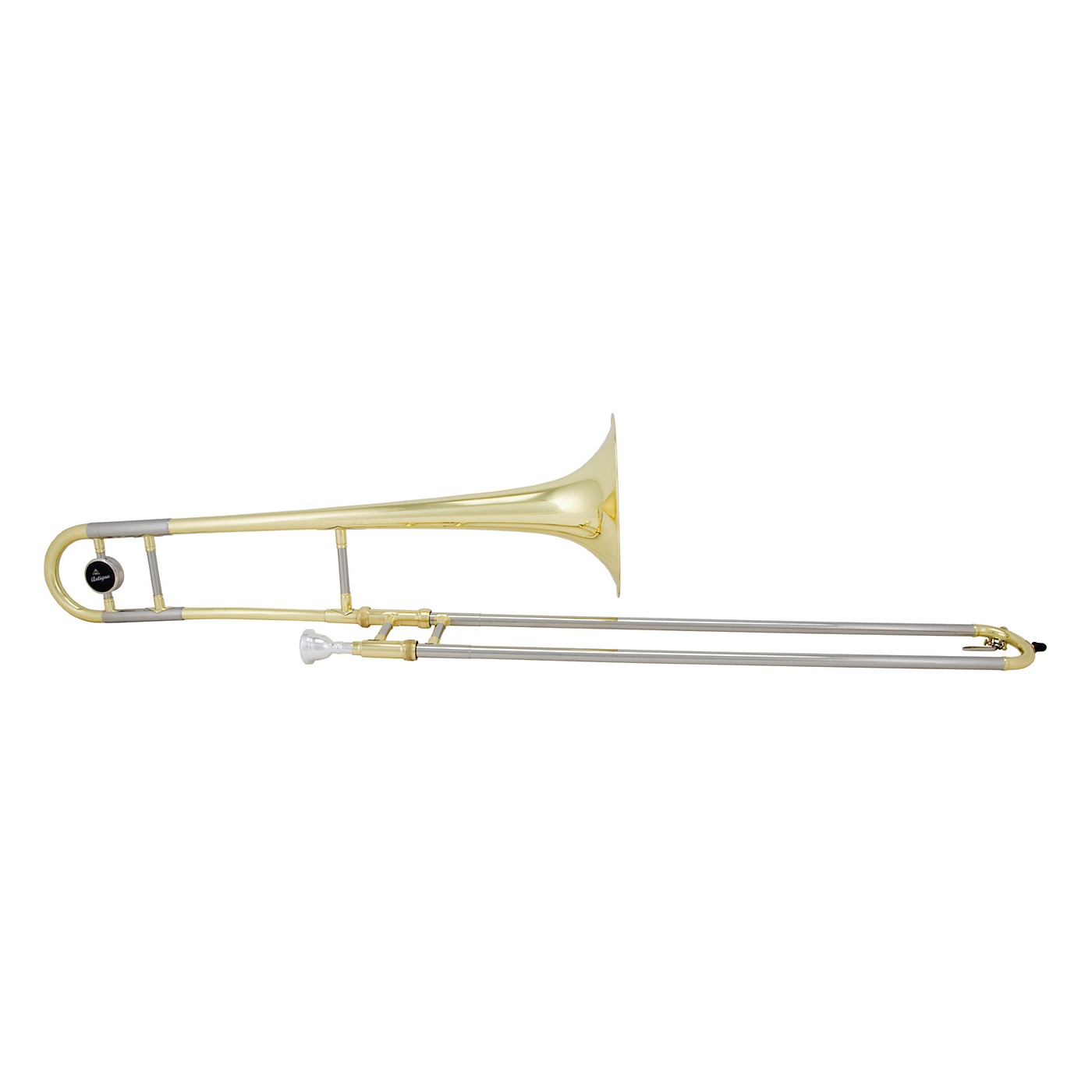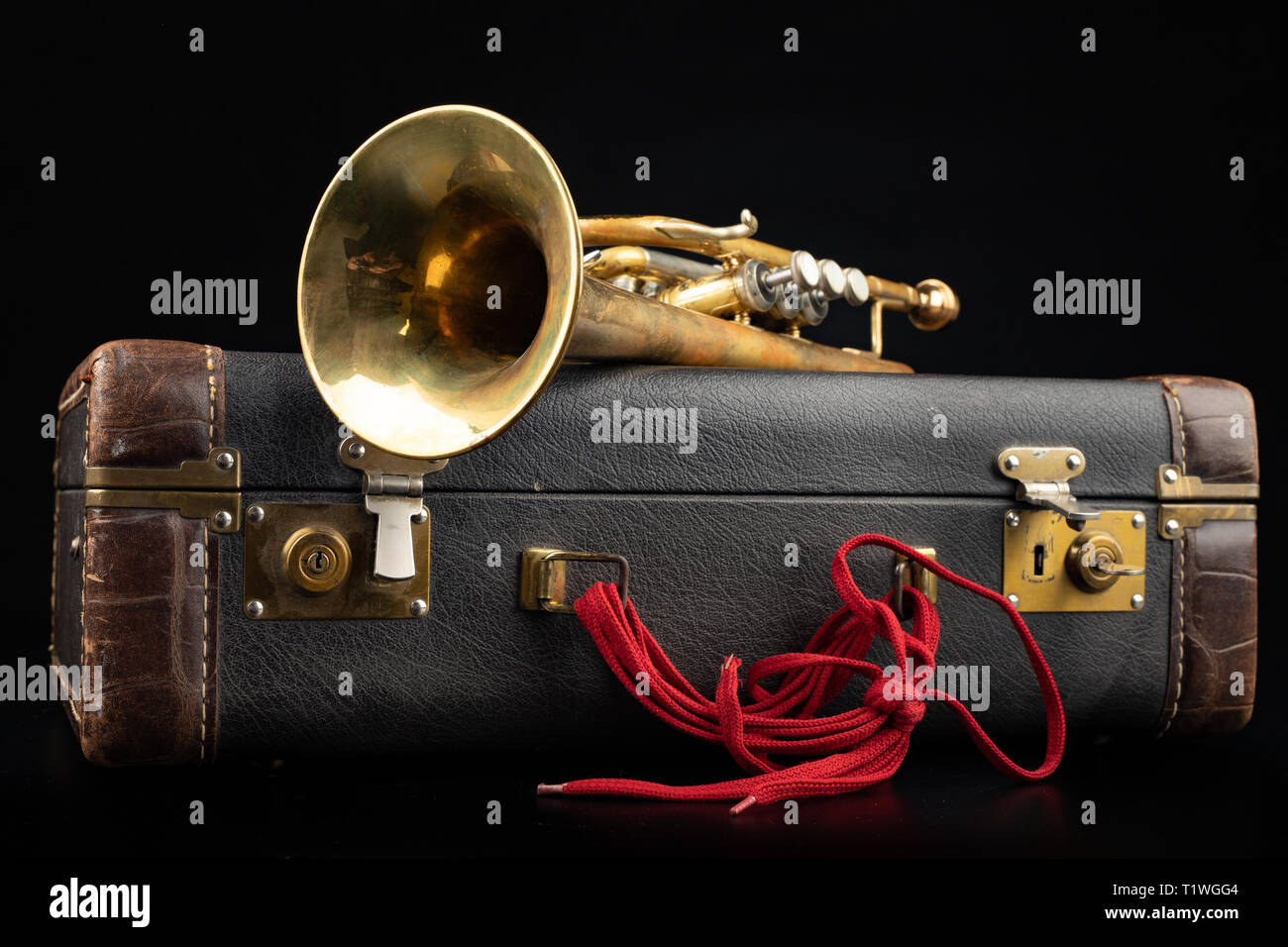

Modern changes indicate that they produced a low, clarinet-like sound.
#Antigua winds trumpet images series
Since there were no valves, the tuba was capable only of a single overtone series that would probably sound familiar to the modern ear, given the limitations of musical acoustics for instruments of this construction. Extant examples are about 1.3 metres long, and have a cylindrical bore from the mouthpiece to the point where the bell flares abruptly, similar to the modern straight trumpet seen in presentations of 'period music'.

Roman art depicts various woodwinds, "brass", percussion and stringed instruments. The Romans may have tuned their instruments to Greek modes. Rhythm signs, written above the letters, indicated the duration of each note. Four letters (in English notation 'A', 'G', 'F' and 'C') indicated a series of four successive tones. The Romans may have borrowed the Greek method of "enchiriadic notation" to record their music, if they used any notation at all. Musicians in a detail from the Zliten mosaic (2nd century AD), originally shown as accompanying gladiator combat and wild-animal events in the arena: from left, the tuba, hydraulis (water pipe organ), and two cornua Music accompanied spectacles and events in the arena, and was part of the performing arts form called pantomimus, an early form of story ballet that combined expressive dancing, instrumental music and a sung libretto. During the Imperial period, Romans carried their music to the provinces, while traditions of Asia Minor, North Africa and Gaul became a part of Roman culture. Įtruscan music had an early influence on that of the Romans. Under the influence of ancient Greek theory, music was thought to reflect the orderliness of the cosmos, and was associated particularly with mathematics and knowledge. Music was customary at funerals, and the tibia (Greek aulos), a woodwind instrument, was played at sacrifices to ward off ill influences. The Secular Ode of Horace, for instance, was commissioned by Augustus and performed by a mixed children's choir at the Secular Games in 17 BC. Songs ( carmen) were an integral part of almost every social occasion. The music of ancient Rome was a part of Roman culture from the earliest of times.

Only the finest materials from Japan, Europe and the United States are used to craft Vosi instruments.Īt Antigua, quality is not just a word, it is our way of life.Trio of musicians playing an aulos, cymbala, and tympanum (mosaic from Pompeii) Vosi was born from four years of market research and product development, coupled with huge investments in technology and a state of the art new factory. Additional service plans are available at the time of purchase.Īntigua Winds is proud to announce Vosi, a revolutionary new line of instruments specifically designed to meet the demands of first time students.

It includes a 90 service warranty with purchase. This instrument has been thoroughly inspected by our service department and maintained to ensure it is sold in optimal playing condition.


 0 kommentar(er)
0 kommentar(er)
